The K-7 Aircraft is a true flying fortress, serving as both a home and a military base in the sky. It features a ground communication center, a restroom, a kitchen, 8 20mm cannons, and 8 7.62mm machine guns, capable of transporting tanks and carrying up to 19 tons of bombs.
It is undeniable that the Soviet era produced many talented inventors, engineers, and designers capable of solving impractical problems. Konstantin Kalinin was one of them. As a child, while observing the first airplanes soaring in the sky, Kalinin decided to dedicate himself to creating such magnificent iron birds.
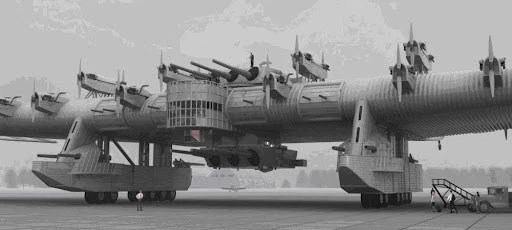
The aircraft was designed in the “flying wing” style.
In the early 1920s, Kalinin became the head of a design department that brought together talented engineers and designers. In 1925, the developers came up with the idea of building a true flying monster. After just four years of hard work, the project was ready on paper. Kalinin’s task was to turn these blueprints into a metal product and lift that magnificent machine into the sky.
 .
.
The aircraft’s density would be much lower at that time.
Structurally, the aircraft was designed as a “flying wing” (Russian: Летающее крыло / English: Flying wing). At that time, this system had not been widely studied. However, the designers took the risk, recognizing the benefits of designing an aircraft without a fuselage. The aircraft’s density would be much lower, thus increasing its payload capacity, which meant it could carry more cargo. However, this came at the cost of poor weight distribution, making the aircraft unstable.

The first prototype was built in 1933.
To help pilots manage the enormous load on the controls of the 40-ton aircraft, Kalinin invented a power-assisted steering system that was unprecedented at the time.
The first prototype was built in 1933. It was a “flying wing” with a wingspan of 53 meters, equipped with 7 engines, capable of carrying 128 passengers in the cabin, and had a range of 5,000 km. This was truly a flying home as it featured a ground communication center, a restroom, and even a kitchen.
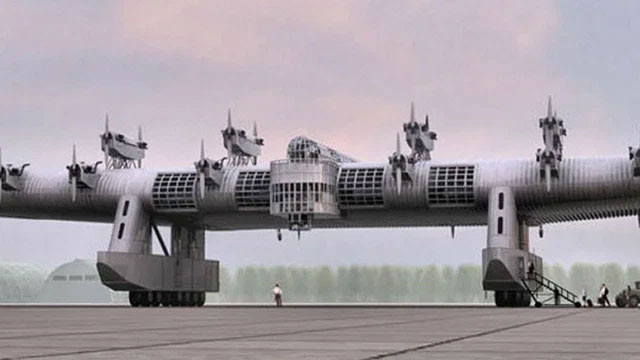
The aircraft was equipped with defensive weapons including 8 20mm cannons and 8 7.62mm machine guns.
The aircraft was built according to the “all-in-wing” principle, allowing mechanics to access the engines for direct repairs while the aircraft was in flight.
The capability to use it as a “flying fortress” and bomber was also taken into account. In this version, it was equipped with defensive weapons including 8 20mm cannons and 8 7.62mm machine guns, and could carry up to 19 tons of bombs. This was indeed a significant amount a century ago!
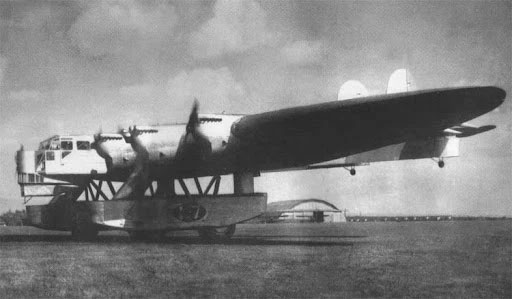
The aircraft was designed to transport 112 paratroopers.
In the airborne version, the aircraft was designed to transport 112 paratroopers, carry an 8.4-ton tank, or other equipment in the fuselage for parachute drops.
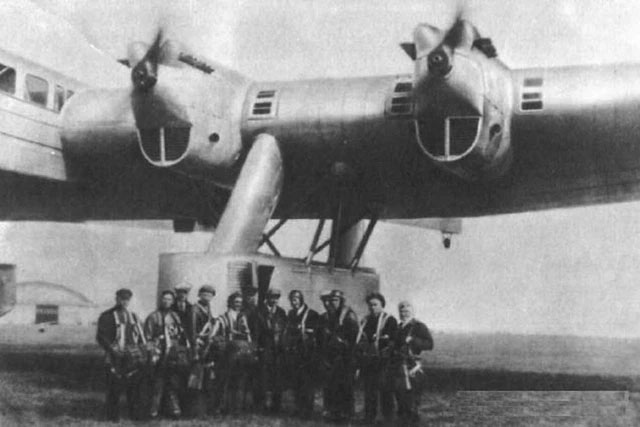
The first flight tests of the K-7 aircraft were excellent.
At that time, this aircraft was the largest in the Soviet Union, so enormous that the press referred to it as “Air Gosprom.” It is worth noting that Gosprom was one of the first skyscrapers in the Soviet Union, standing 108 meters tall, built between 1925 and 1928 in the largest square in Kharkov – Dzerzhinsky Square (renamed Freedom Square in 1996).
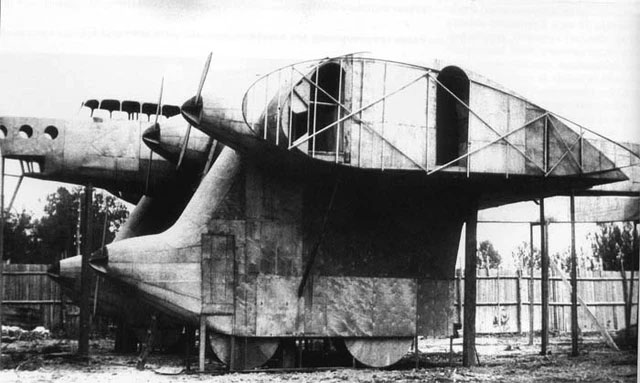
The aircraft was built according to the “all-in-wing” principle.
The first flight tests of the K-7 aircraft were outstanding, with K. Kalinin participating directly and always choosing to sit in the co-pilot’s seat.
After two months, the test pilots decided to check how the aircraft would perform at maximum speed.
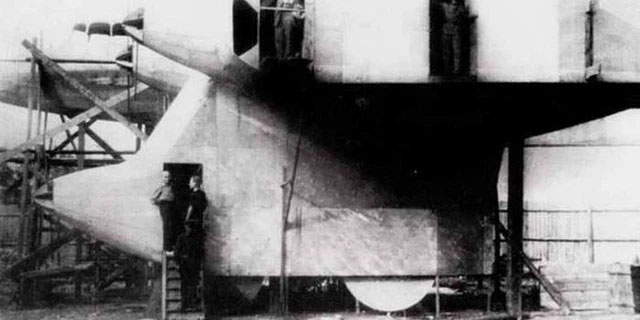
The first prototype crashed during testing on November 21, 1933.
The K-7, like many aircraft of that time, suffered from vibrations. The counteracting theory had not yet been developed, so test pilot Snegirev relied on his instincts to combat the oscillations and the changing operating modes of the seven engines. However, human strength is limited, and this did not save the aircraft. The first prototype crashed during testing at maximum speed on November 21, 1933, resulting in the deaths of 15 out of the 20 people on board.
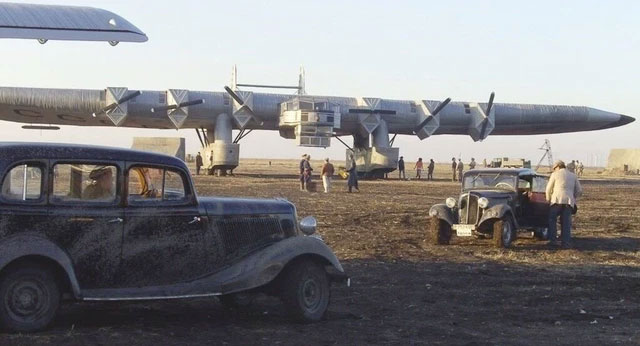
In 1935, the project was suspended and then completely closed.
However, a single failure did not deter the bold aircraft manufacturers. They continued to embark on creating two more prototypes. But in 1935, the project was suspended and subsequently closed entirely.
The massive Soviet K-7 bomber! Its designer was sentenced to death!
The two modified prototypes were never completed, so now the ideas about the design and appearance of the K-7 can only be drawn from remaining technical documents, photographs, and the memories of those involved and witnesses of the tests.
The gigantic Kalinin K-7 in War Thunder.
The chief designer himself was repressed and died in 1938. However, his brainchild still exists today in the form of large-scale aircraft models, in films, and video games.


















































